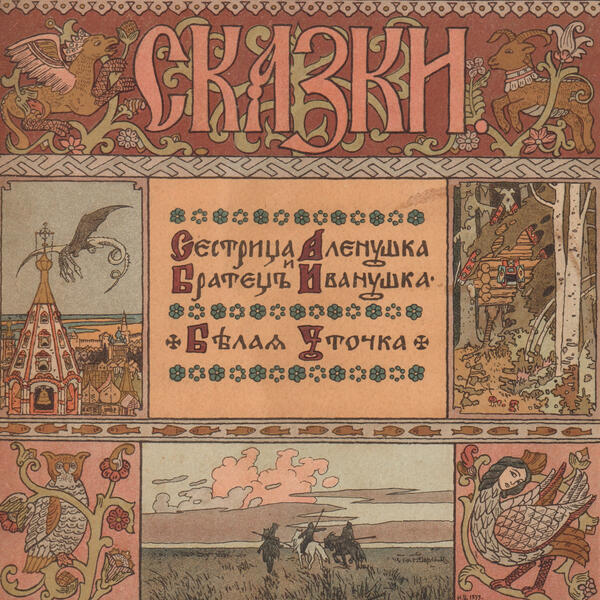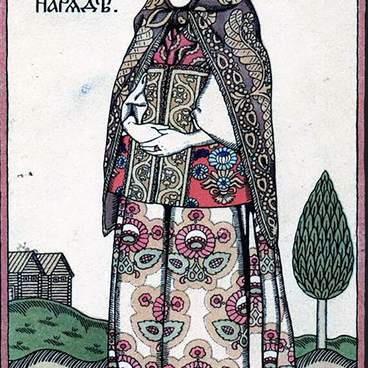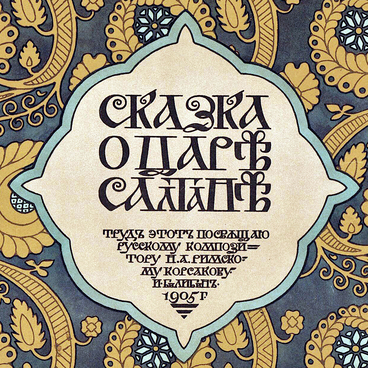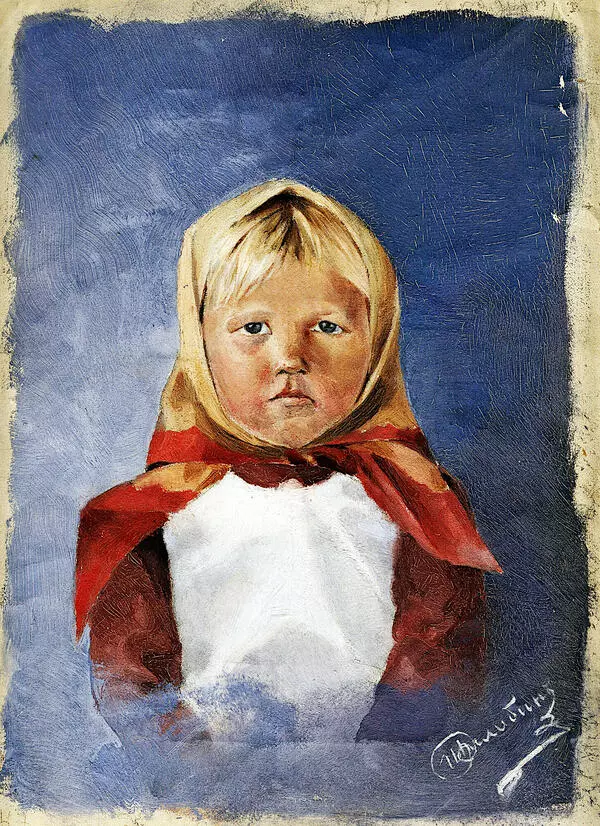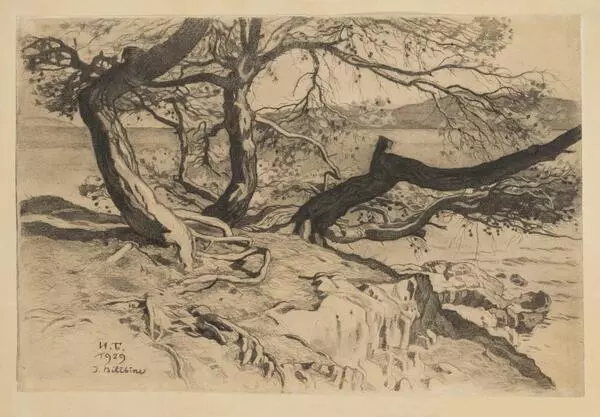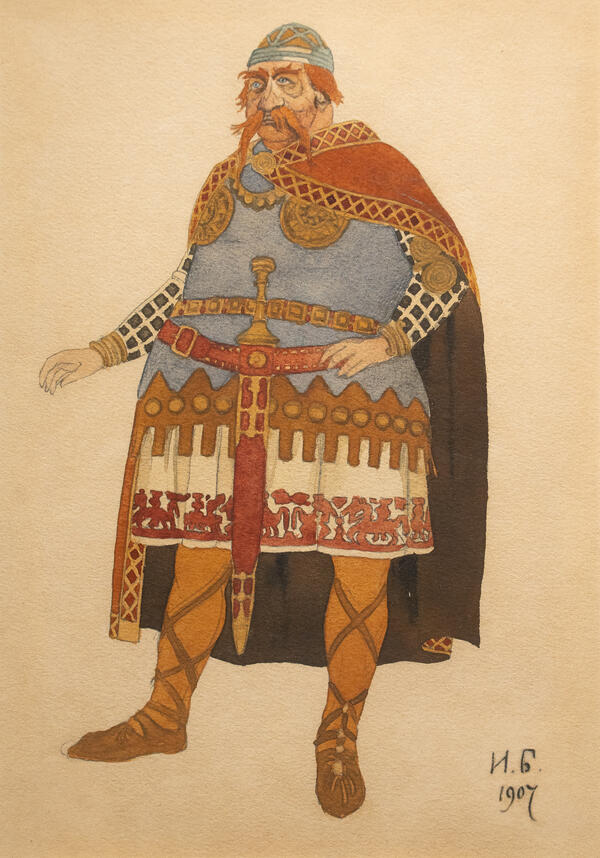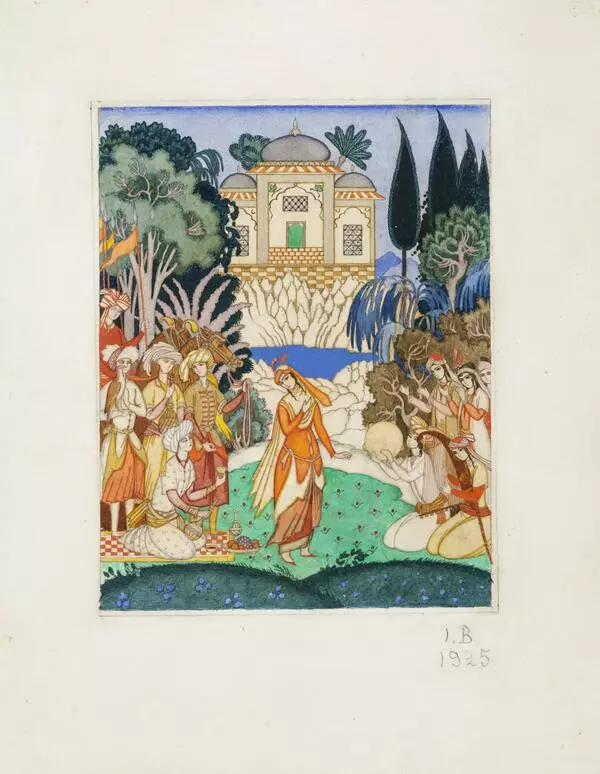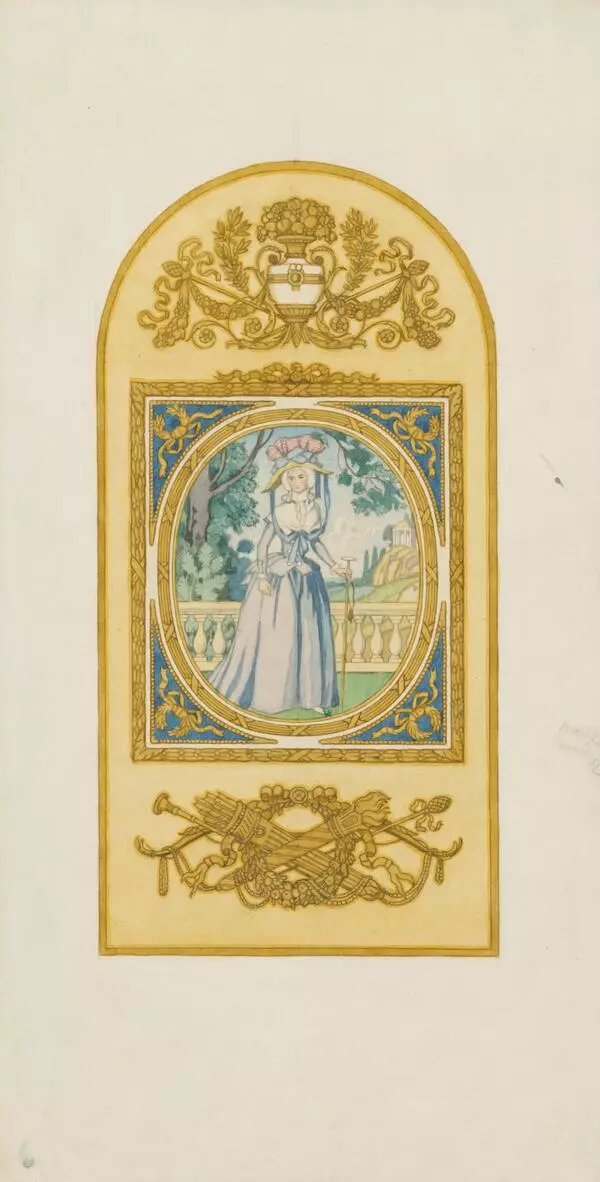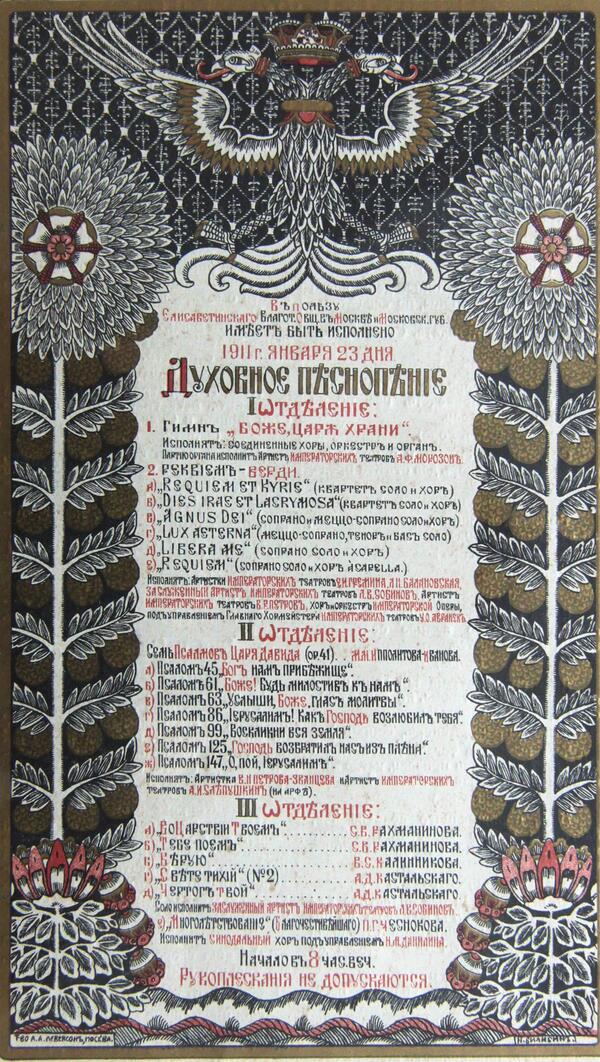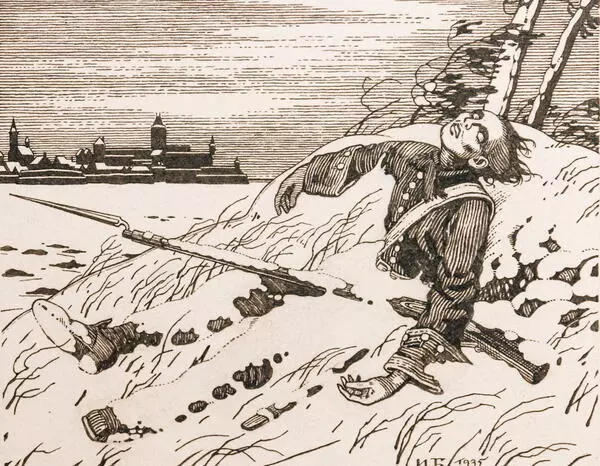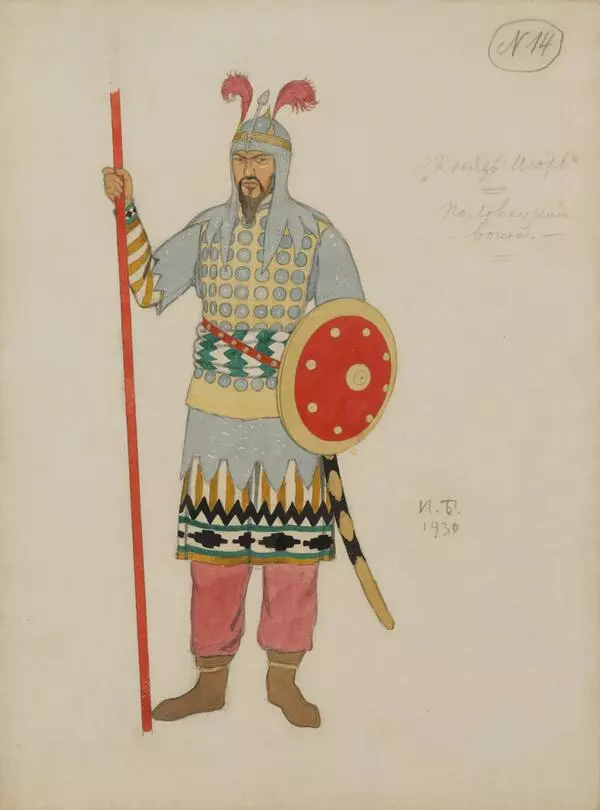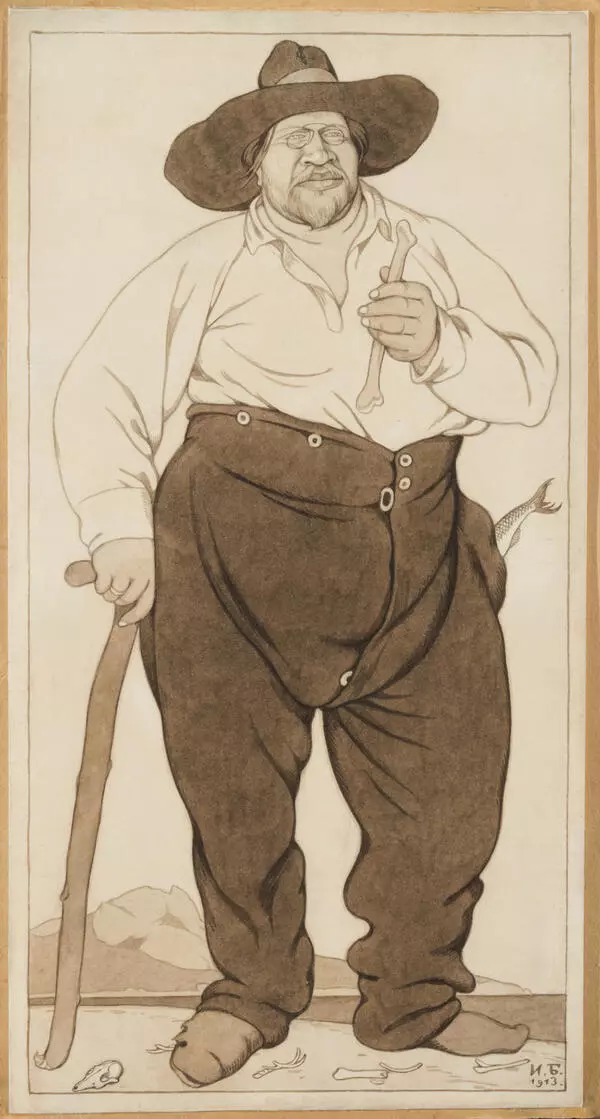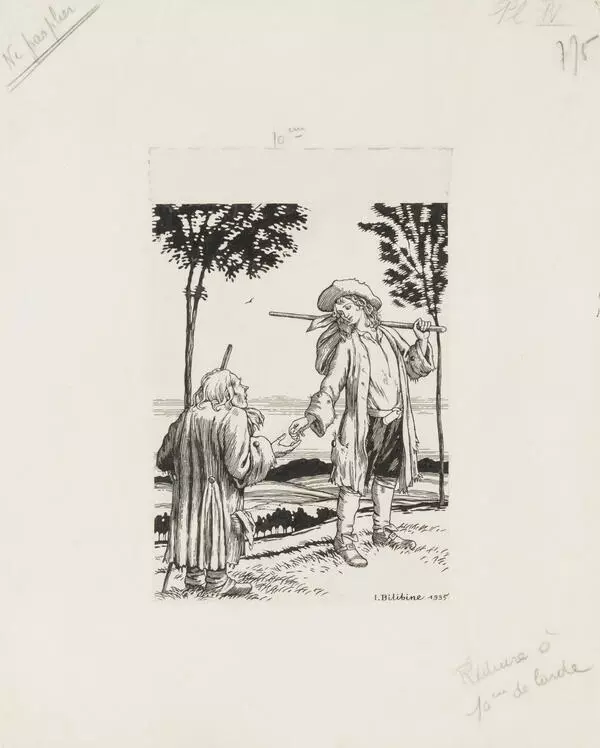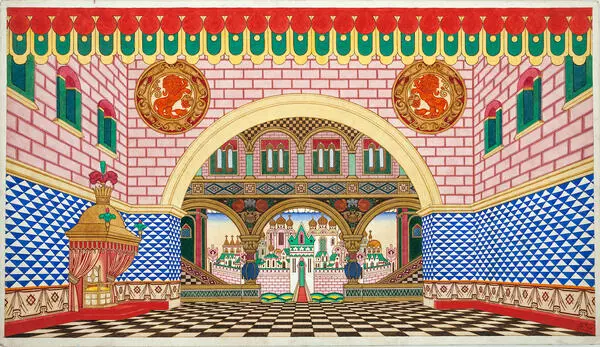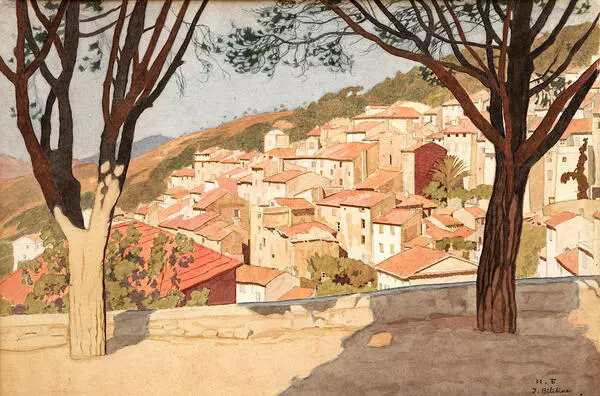Children’s books illustrated by the Russian painter Ivan Yakovlevich Bilibin are a vivid example of the recognizable “fabulous” style of the artist, which corresponds to the general trend in Russian Art Nouveau in the early 20th century.
In his illustrations, Bilibin drew not only the plots and characters of fairy-tales, but also the panel-headpieces that precede the text, as well as pictures at the end of chapters, landscape and ornamental frames. The books designed by Bilibin attract one’s attention with an elegant cover, they shine with saturated colors and precious silver. You want to take them in your hands, like an enameled jewelry box, and look at the small pictures scattered on its surface. The artist made the font to look like Old Russian initials from the chronicles. The initial is the capital letter at the beginning of the chapter. The artist loved and knew the world of botany, depicted real herbs and flowers, stylizing and intertwining them into intricate, rich patterns. Several fairy tales were combined into a series with similar covers and captured the imagination of Russian children for many years.
It all started in February 1899 at the Academy of Fine Arts at the solo exhibition of Viktor Mikhaylovich Vasnetsov. The exhibition was a great success among the artistic intelligentsia, it was called the apotheosis of the artist’s creativity. It featured 38 paintings, many of which were dedicated to the Russian folk epic: “Bogatyrs”, “A Knight at the Crossroads”, and “The Battle between the Scythians and the Slavs”.
These epic canvases made a grand impression on Ivan Bilibin. “I was not myself; I was stunned after this exhibition. I saw at Vasnetsov’s what my soul was vaguely striving for, ” the artist later recalled. In Vasnetsov’s paintings, Bilibin discovered a new until that point almost unknown world of Russian folk tales.
In the summer of 1899, at the invitation of a university friend Pavel Pavlovich Gronsky, Bilibin went to his estate in the village of Yogna, Vesyegonsky district, Tver governorate. Subsequently, these trips would become annual. In this Russian heartland, the artist had the opportunity to experience the folk life, fantasy, art, and Russian nature. During that summer in the village of Yogna, the famous “children’s book” by the artist Bilibin was born. Soon he became well-known all throughout Russia.
In his illustrations, Bilibin drew not only the plots and characters of fairy-tales, but also the panel-headpieces that precede the text, as well as pictures at the end of chapters, landscape and ornamental frames. The books designed by Bilibin attract one’s attention with an elegant cover, they shine with saturated colors and precious silver. You want to take them in your hands, like an enameled jewelry box, and look at the small pictures scattered on its surface. The artist made the font to look like Old Russian initials from the chronicles. The initial is the capital letter at the beginning of the chapter. The artist loved and knew the world of botany, depicted real herbs and flowers, stylizing and intertwining them into intricate, rich patterns. Several fairy tales were combined into a series with similar covers and captured the imagination of Russian children for many years.
It all started in February 1899 at the Academy of Fine Arts at the solo exhibition of Viktor Mikhaylovich Vasnetsov. The exhibition was a great success among the artistic intelligentsia, it was called the apotheosis of the artist’s creativity. It featured 38 paintings, many of which were dedicated to the Russian folk epic: “Bogatyrs”, “A Knight at the Crossroads”, and “The Battle between the Scythians and the Slavs”.
These epic canvases made a grand impression on Ivan Bilibin. “I was not myself; I was stunned after this exhibition. I saw at Vasnetsov’s what my soul was vaguely striving for, ” the artist later recalled. In Vasnetsov’s paintings, Bilibin discovered a new until that point almost unknown world of Russian folk tales.
In the summer of 1899, at the invitation of a university friend Pavel Pavlovich Gronsky, Bilibin went to his estate in the village of Yogna, Vesyegonsky district, Tver governorate. Subsequently, these trips would become annual. In this Russian heartland, the artist had the opportunity to experience the folk life, fantasy, art, and Russian nature. During that summer in the village of Yogna, the famous “children’s book” by the artist Bilibin was born. Soon he became well-known all throughout Russia.

